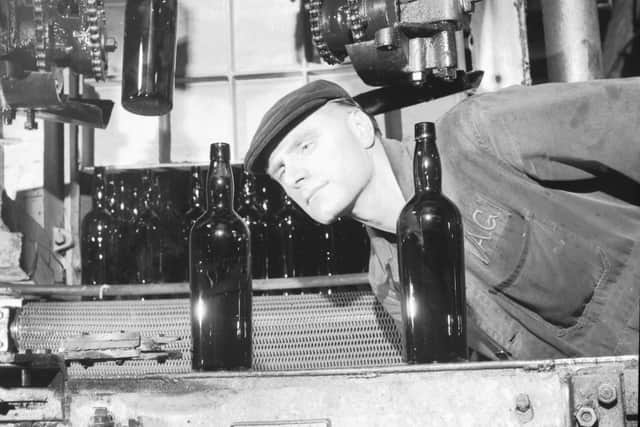But it was the more labour-intensive industries, to a degree, that seemed to define the country.
Many of our largest towns and cities served as the engine rooms of Britain. Scottish shipyards were launching new vessels by the dock-load, while the furnaces of Lanarkshire and Stirlingshire were supplying the vast quantities of iron and steel necessary to manufacture them.
Central Belt mining towns and villages were not short of work either, while traditional industries like fishing, crofting and weaving held firm, despite fewer people choosing to work in such jobs compared to previous decades.
At Clydebank, the world-famous Singer sewing factory was at the height of its productiveness, employing more than 16,000 workers and completing huge numbers of new machines every week to be distributed to the far flung corners of the globe.
But as we and the world around us changed at an ever-quickening pace, new leaders came to the fore and Scotland, ultimately unable to compete, watched on helplessly as many of our great industries entered a protracted and painful decline.
Lifting the gloom, however, was the emergence of new industries. Men and women were finding work elsewhere at electrical engineering firms such as Ferranti, while the Rootes car plant at Linwood introduced a new model: the Hillman Imp, which would prove immensely popular over the next decade.
A new type of energy was being harnessed in Scotland and beginning to challenge the supremacy of the coal-fired plants of yesteryear. By the mid-sixties, the country had a handful of nuclear power plants, including Dounreay and Hunterston A, in Ayrshire.
The decade also witnessed a surge in affordable housing, as the post-war desire to improve living standards for the working classes reached its peak.
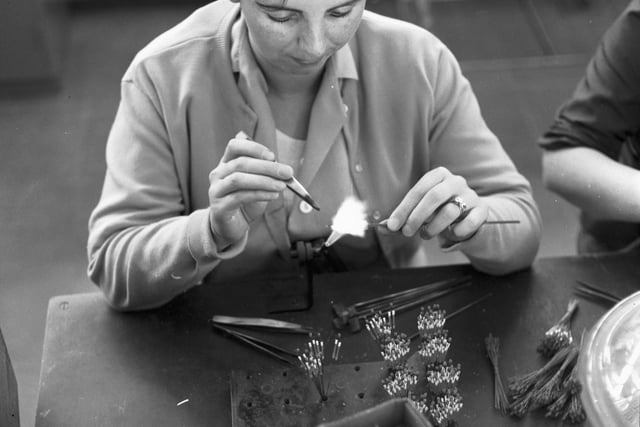
1. Cathode-maker
Woman making cathodes for sodium lamps at the Philips electrical factory at Hamilton in Lanarkshire, June 1966 Photo: Allan Milligan
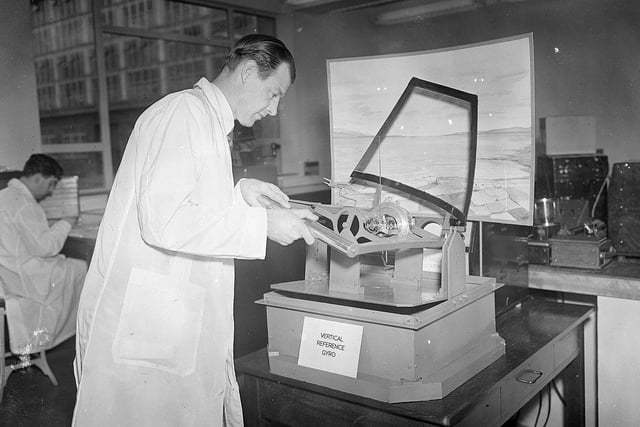
2. Ferranti
Electrical engineering firm Ferranti's new Electronic Laboratory in Edinburgh. Photo: Unknown
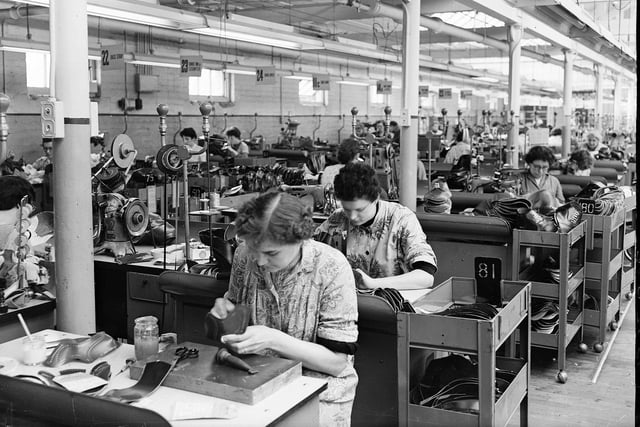
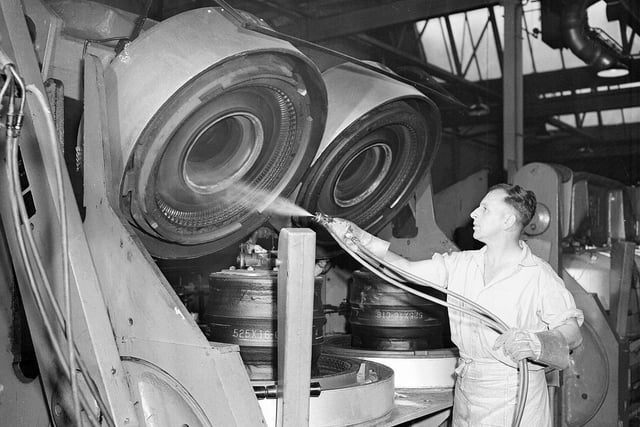
4. Making tyres
India Tyre and rubber Company Ltd - Factory at Inchinnan - Renfrewshire - M Florence sprays lubricant into tyre moulds Photo: Unknown
